Updates
Relief and recovery for animals and people in Myanmar
Read moreThese amazing animal mums adopted orphans as their own
Unlikely animal friendships have always been interesting to humans, whether they’re tugging on our heartstrings or making us laugh with surprising pairings.
What’s even more interesting, however, is when these relationships go beyond an unlikely friendship. There have been multiple instances across the animal kingdom of female animals ‘adopting’ a member of the same species, or an entirely different one, and acting as its mother.
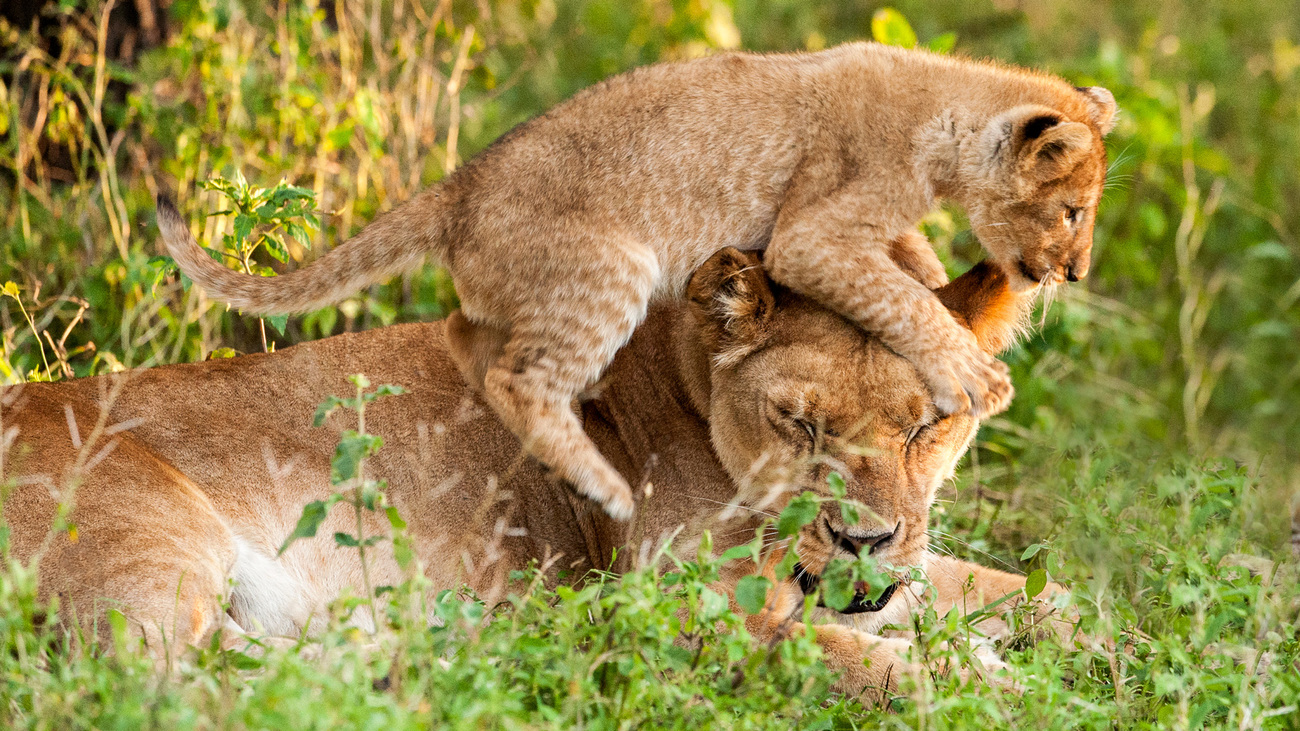
There are many examples of surrogate mothers in the wild as well as at sanctuaries and rescue centres, and they show how vital these stand-in mothers can be to an orphaned animal’s survival.
Here are a few great examples of surrogate animal mothers across a wide range of animals.
Though lionesses have a reputation for being strong, fierce predators who would do anything to protect their young, it turns out that maternal instinct can sometimes extend beyond their own cubs.
There have been multiple instances of lionesses adopting young, orphaned animals. In 2002, a lioness in northern Kenya made worldwide headlines after she was spotted cuddling up to baby antelopes—a species she would normally prey upon. Within a few months, the caring lioness had ‘adopted’ five young antelopes and was seen lying down next to them to ward off any would-be attackers.
A similar story spread in early 2020 when a two-month-old leopard cub was adopted by a lioness in India, even though these two species are normally at odds. The lioness, who had her own cubs the same age, spent weeks nursing, feeding, and caring for the leopard until he died.
According to scientists who flocked to observe the rare situation, she treated him as if he were her own.
These huge animals that dominate the ocean may seem intimidating, but it turns out that whales have a strong maternal instinct.
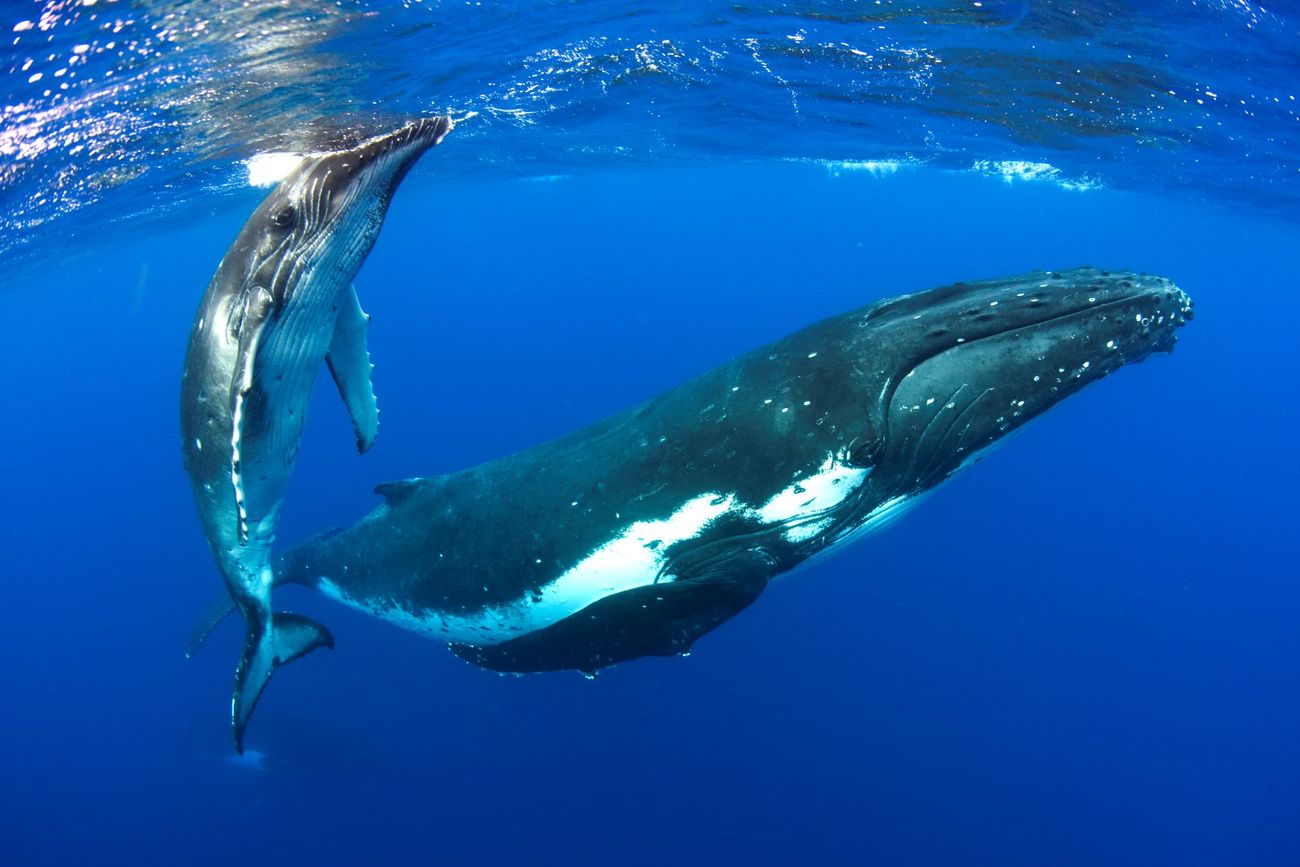
Since 2016, scientists have been tracking a pod of beluga whales with a sole narwhal member, who has been a part of the pack since it was young. In 2022, as it reached the age of sexual maturity, experts speculated that it could give birth to a new ‘narluga’ species.
In 2011, experts were surprised to stumble upon a pod of sperm whales that had taken in a deformed bottlenose dolphin, possibly after it had been injured. Though sperm whales usually refrain from socialising with other species, the dolphin travelled, foraged, and played with both the adult whales and their calves for over a week.
Similarly, humpback whales have been observed helping protect seals from being attacked and eaten by orcas. In 2009, one humpback whale ‘rescued’ a seal by pushing it onto its back with its fin seconds before it was about to become orca food.
Dolphins aren’t just the ones being adopted. In French Polynesia, a bottlenose dolphin, who already had calves of her own, was observed mothering a young melon-headed whale that appeared abandoned by its own mother.
The young whale adapted quickly to life as a dolphin and was seen socialising with young male bottlenoses and imitating their behaviour, like surfing and leaping in the waves.
Scientists say that while some female dolphins have been known to ‘steal’ young offspring of other species for short periods during conflicts, the ongoing care shown to this whale was something more.
Primates are already studied worldwide for their similarities to humans—from using tools to understanding morality. We can add one more shared trait to that list: their maternal instinct.
In 2004, while photographing bearded capuchin monkeys in Brazil, a researcher noticed one monkey caring for and feeding a young marmoset. ‘The capuchin held the marmoset in its arms and let the marmoset cling to its chest and ride on its back,’ she observed in a paper documenting her findings, adding that the capuchin also cracked open a nut to feed to the young adoptee. Locals confirmed that this was an ongoing phenomenon and that they’d observed this behaviour for months.
In 2021, scientists reported on the first-ever case of cross-group adoption in great apes, when two separate bonobos each adopted an infant from a different social group. They were observed providing care to the young adoptees, including carrying, grooming, nursing, and sharing food. Though bonobos would usually show animosity toward members of different social groups, the ‘new’ bonobo was welcomed into its new group.
You’d be forgiven for assuming that two-fingered and three-fingered sloths are similar animals, but they are distinct species separated by over 30 million years of evolution.
Though they don’t tend to socialise in the wild, there have been three recorded instances of three-fingered sloths ‘adopting’ young two-fingered sloths and caring for them as their own.
Two tour guides who spotted this phenomenon in the wild in 2020 were amazed by the ease and comfort expressed between the two animals.
Adoption among animals doesn’t just happen in the wild. There have also been heartwarming stories of young, orphaned animals who need care finding surrogate mothers after rescue.
Ikoto the bonobo was stolen from his mother at just three months old and sold into the wildlife black market. Thankfully, with help from IFAW, he was rescued and placed into rehabilitative care at a sanctuary in the Democratic Republic of the Congo, but the young mammal was traumatised from being separated from his family at such a young age.
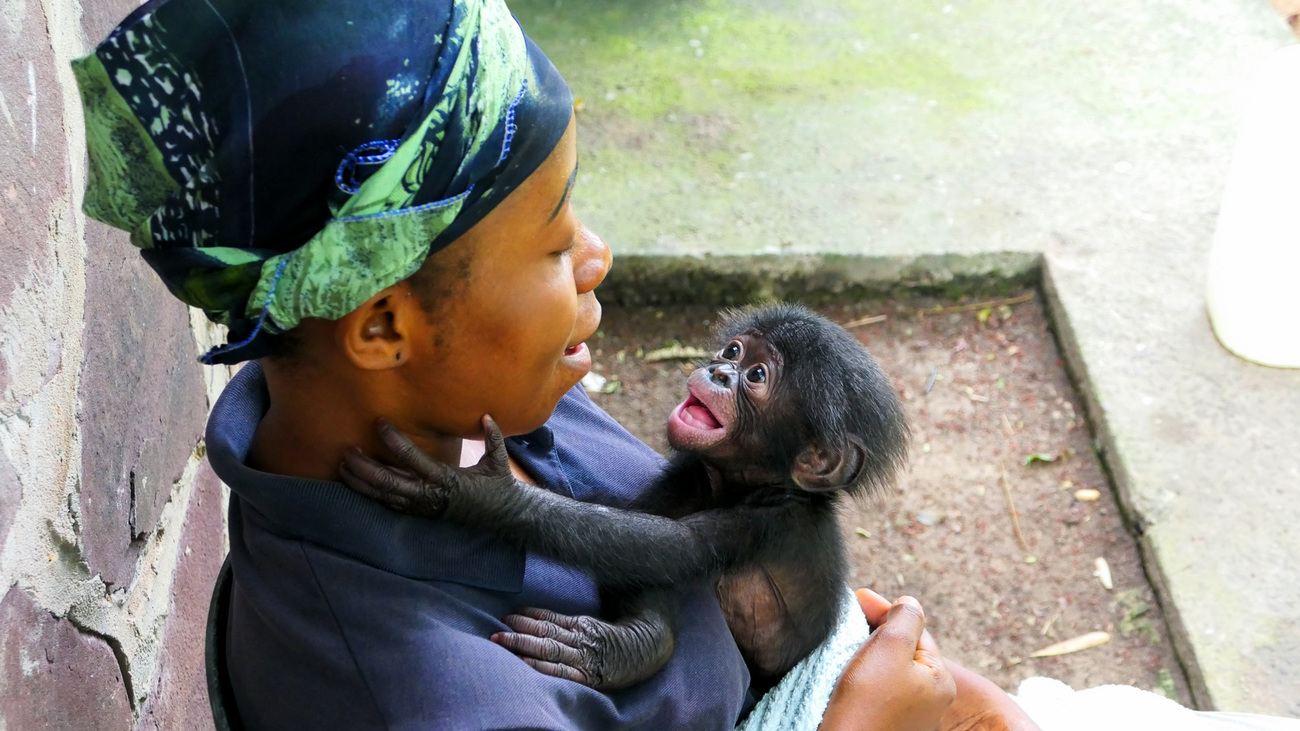
Thanks to the care and support from the Friends of Bonobos team that helped rescue Ikoto, he found a new home and regained the health and strength he had lost. Ikoto bonded with Huguette, a Lola ya Bonobo sanctuary worker who became his surrogate mother.
He’s gone from being weak and afraid to a strong young animal that has regained confidence.
When Chamilandu the elephant was just over a year old, her mother was shot and killed by poachers in front of her. Orphaned, traumatised, and in need of care, she was taken to a sanctuary in Zambia by Game Rangers International, one of IFAW’s partner organisations.
She suffered from night terrors during her first few weeks in the sanctuary, and workers feared for her health and safety. They worried that she may never recover. Thankfully, she recovered into a strong young elephant due to care and support from the keepers.
As time passed and more orphaned elephant calves arrived at the sanctuary, Chamilandu began to take on the role of foster mother. She stayed close to the young calves and helped them develop crucial life skills.
When it came time for Chamilandu to be released back into the wild, she integrated with other herds but came back nearly daily to visit her young adoptees.
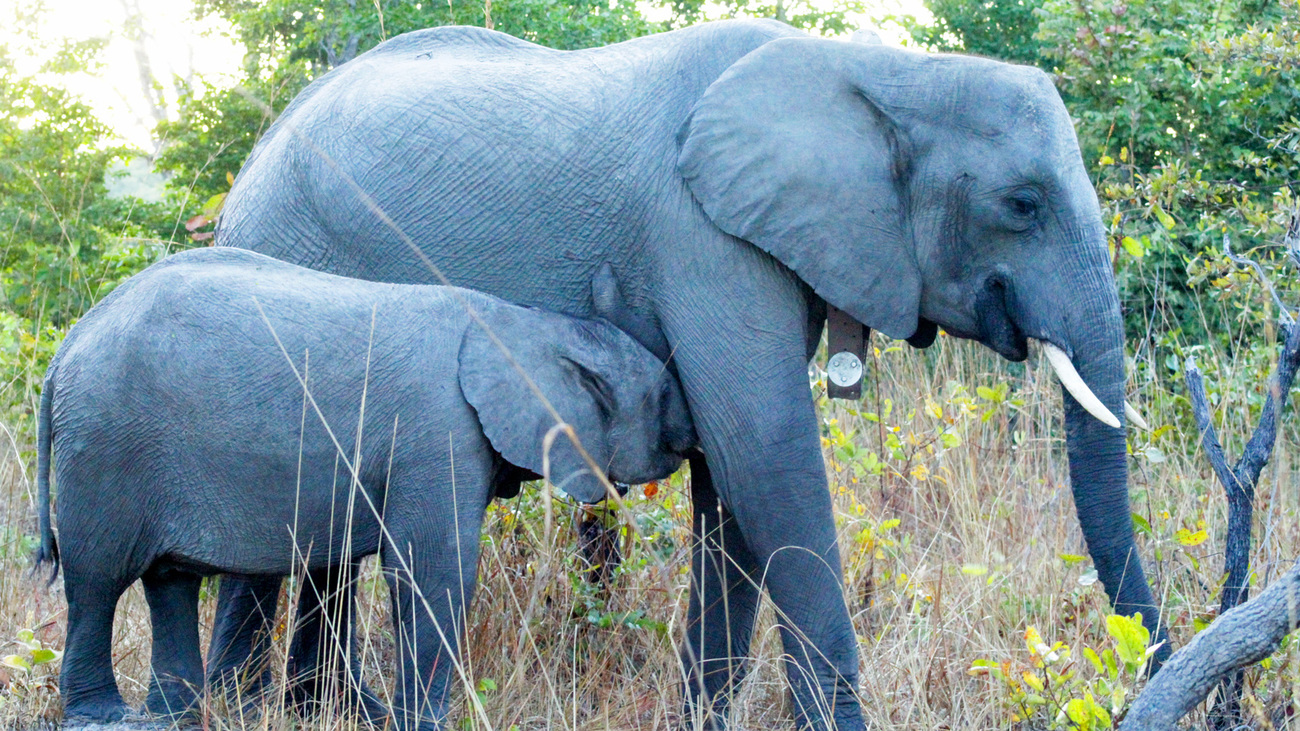
In China, IFAW’s Beijing Raptor Rescue Center (BRRC) rescues hundreds of orphaned birds each year. In 2023 alone, the IFAW BRRC admitted a total of 218 raptors, 111 of which were babies. The centre also cares for other species, including owls, falcons, and sparrowhawks.
When infant birds are still in their hatching period, their biological responses cause them to ‘imprint’ on whoever brings them food. In the wild, this is their mother—but in the BRRC, it’s humans.
Rehabilitators need to get creative to prevent these young birds from associating humans with food. They dress up as trees covered with leaves and flowers and feed the baby raptors with a hand puppet that looks like their mother.
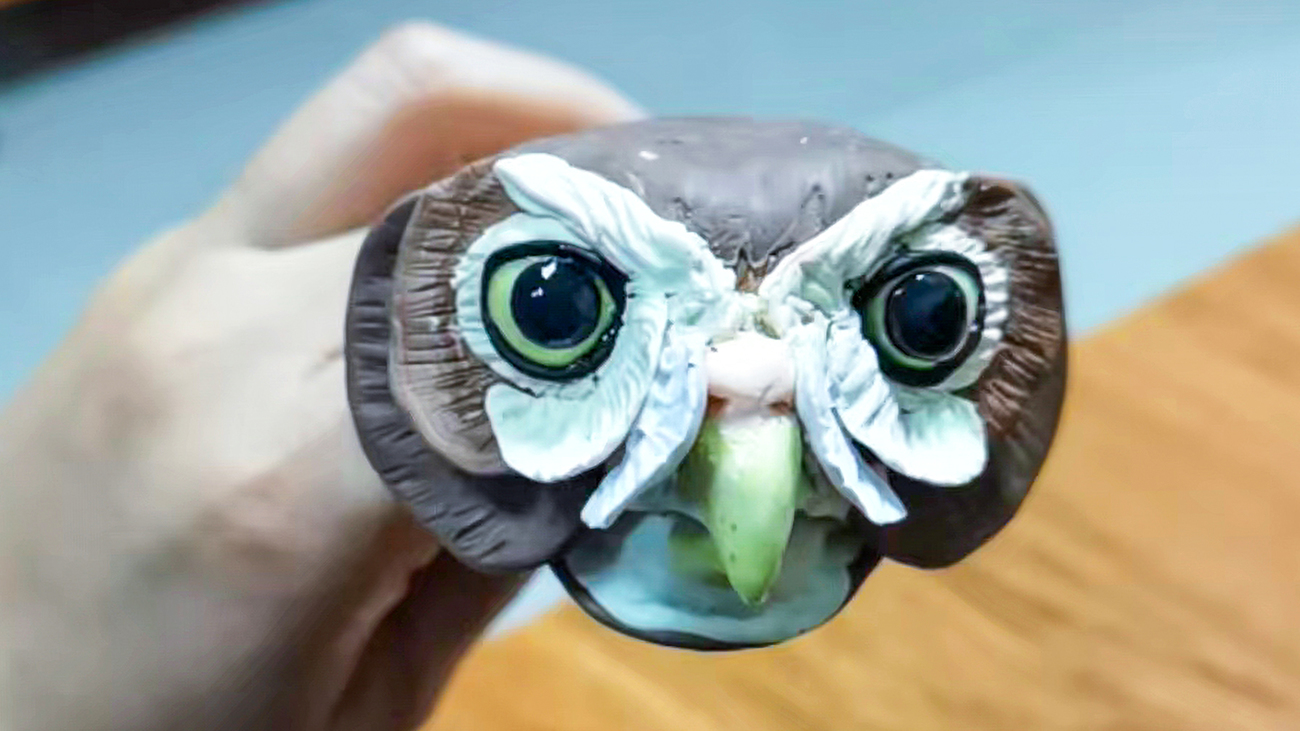
The BRRC has now crafted hand puppets for each species in their care. They have ‘surrogate mothers’ for baby common kestrels, Oriental scops owls, and little owls, all hand-made by the wildlife rehabilitation team.
Every problem has a solution, every solution needs support.
The problems we face are urgent, complicated, and resistant to change. Real solutions demand creativity, hard work and involvement from people like you.
Unfortunately, the browser you use is outdated and does not allow you to display the site correctly. Please install any of the modern browsers, for example:
Google Chrome Firefox Safari